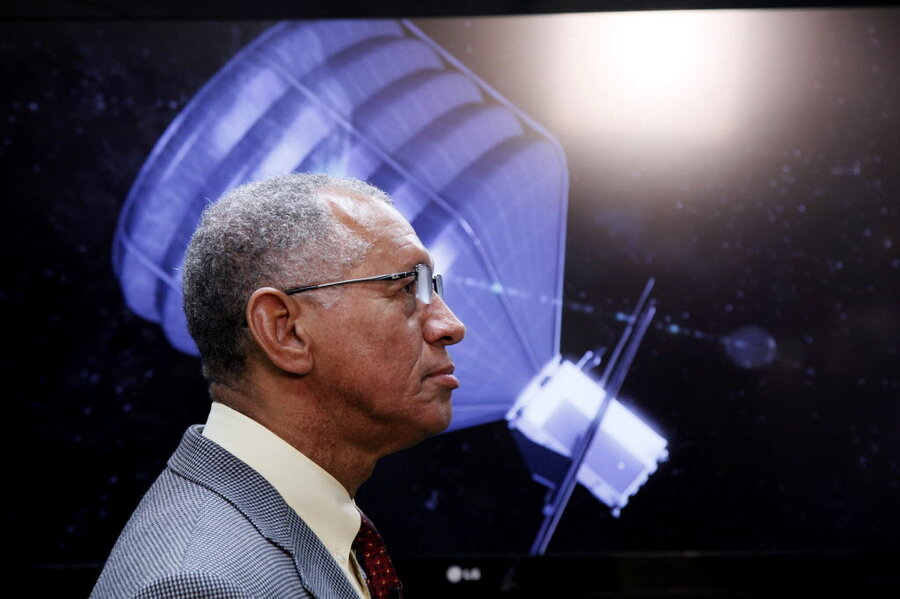NASA asks for help lassoing an asteroid, gets flooded with replies
Loading...
NASA has received more than 400 responses to its Asteroid Grand Challenge, issued last month as part of the agency’s ramped-up effort to build its asteroid-wrangling know-how before an Earth-bound asteroid is spotted.
The response comes after NASA announced last month that it has identified about ten thousand Near Earth Objects, that is, asteroids and comets that come within 28 million miles of Earth’s orbit. Just ten percent of those objects are large enough to causes substantial global damage to Earth – bigger than about 100 feet wide – and none of them are on an impact trajectory toward our planet.
Still, precedent suggests that we should be prepared: Most research still indicates that it was an errant asteroid that wiped out the non-avian dinosaurs at the end of the Cretaceous period, clearing the world of its million-of-years-in-the-making ecosystem packed with Brobdingnagian animals. That asteroid was about 9 miles wide.
And in the latest harbinger of what a massive asteroid impact could do to the Earth, a meteor exploded above Chelyabinsk, Russia, in February, injuring about 1,500 people. NASA telescopes had not seen that meteor coming; the agency’s programs are largely focused on monitoring larger objects.
So NASA’s asteroid-mastering timeline is ambitious: NASA plans to have identified an asteroid target for snatching at the latest in 2016. That asteroid will then be lassoed in 2019 and flung into a trans-lunar orbit in 2021. The agency also hopes to ferry humans to an asteroid as early as 2025, about five years before the projected date that astronauts are to land on Mars.
The expensive plan – NASA had asked for $17.7 billion for the fiscal year 2014, $105 million of which would go to the Asteroid Initiative – has been the subject of major discord between the House and the Senate. Earlier this month, the House Committee on Science, Space and Technology passed a NASA authorization bill that would prohibit NASA from pursuing the Asteroid Redirect Mission without further clarifying its vague points. At the same time, the Senate has proposed legislation that would authorize giving NASA $18.1 billion and a full go-ahead on the project.
Meanwhile, though, the asteroid plan is slowly rolling forward, and NASA wants – needs, perhaps – the public’s help. Last month, the agency announced a Grand Challenge, an open call for proposals tackling some of the most vexing questions in astroengineering, for its Asteroid Initiative.
And the response has been enthusiastic. About a month into the challenge, NASA has received some 400 submissions proposing possible asteroid targets and means of nabbing them. The applications are now under review for possible incorporation into the agency’s plans.
Earth has some built-in asteroid deflection techniques of its own, but our atmosphere protects us from asteroids smaller than about 130 feet in diameter, roughly the length of the long-necked dinosaur, Argentinosaurus huinculensis.








